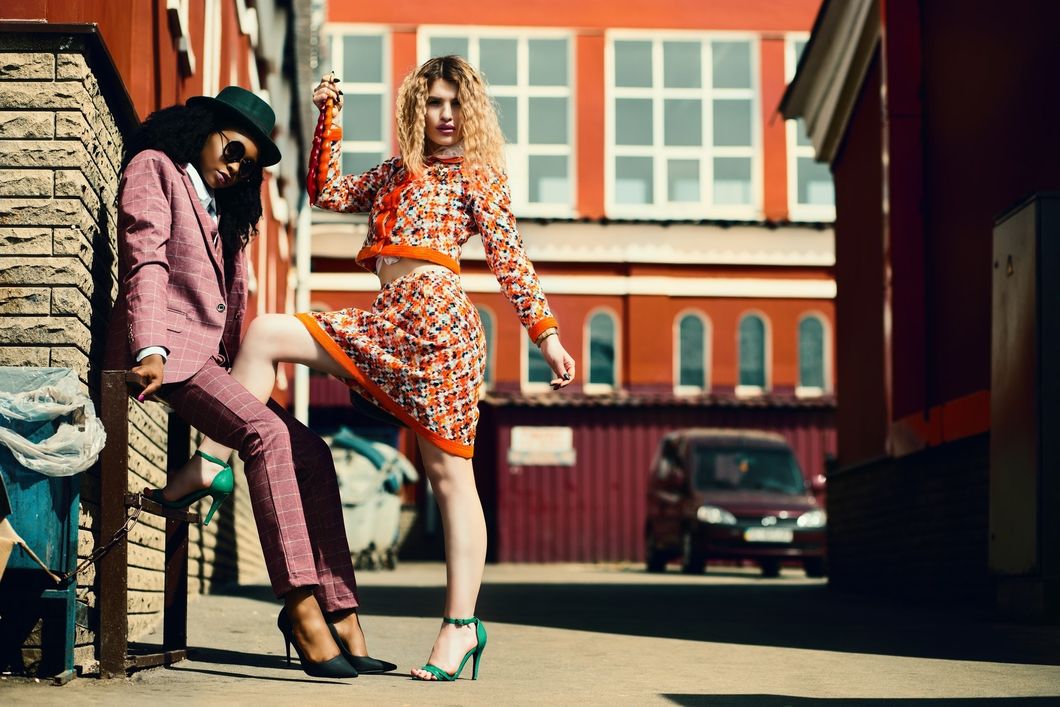The 2018 Fall New York Fashion Week now holds the highest record for having the most models of color, and it was so freaking amazing to see.
One of the biggest social issue in the U.S is the lack of representation in mainstream media. Until recent years, many people of color rarely saw models they felt related to when opening a fashion magazine or watching a beauty commercial. Even now, the number of diverse models is significantly lower compared to white models.
According to thefashionspot, the Fall 2018 NYFW had 37.3 percent models of color and 62.7 percent white models. This is a slight increase from 2017, which had 31.5 percent nonwhite models and 68.5 percent white models. All of the shows had at least one model of color, which is sad considering every runway averages about 20-30 models with longer shows having a much larger model capacity. But every progress, big or small, is better than no progress at all. And if you take a look at the 2013 NYFW, there were no models of color, which makes the subsequent years look so much more successful in comparison.
The increase in diverse models is definitely a breath of fresh air. This year's Fall shows saw designer Claudia Li cast all Asian models for her first New York fashion runway and clothing brand Telfar Global with an all-black cast in nostalgic 70s streetwear.
Representation in mainstream media is still lacking in many areas. Models of color still only represent about one-third of all models in the NYFW, which is the highest record. Models of color represent even less than that in mainstream media like magazines and ads. And the LGBT and people with disability communities are represented in an even smaller fraction. So although this year saw a positive spike for fashion runways, there is still a long way to go in creating a more inclusive space for everyone.
Representation and inclusivity are so important in creating safe spaces and making people feel like they belong. It matters to have young kids and adults feel positivity when they see models of color, LGBT, and people with disability being portrayed as beautiful and strong. And when there is strong representation for everyone, it helps break the outdated, negative stigma that has been unfairly associated with these communities.

















